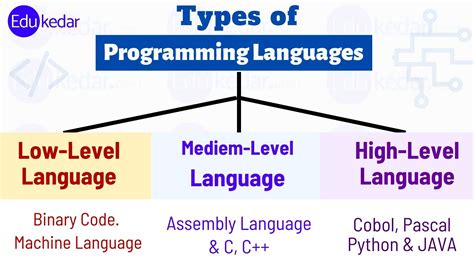System programming often presents unique challenges that demand a meticulous approach to coding and an in-depth understanding of the computer’s architecture. Traditionally, languages like C have been the go-to for such tasks due to their close-to-metal nature, which provides programmers with control over aspects like memory management and processor-specific operations. However, as high-level languages like Java continue to evolve, they are being increasingly used for system-level programming. This shift raises several questions regarding the efficacy and efficiency of using a high-level language for tasks that traditionally required a lower-level approach.
Critics of using high-level languages for system programming often point out the lack of certain features that are vital for low-level manipulation. For example, in Java, the absence of unsigned integers and explicit pointer types can complicate operations that are straightforward in C. These operations include directly handling memory addresses or manipulating binary data structures. The type safety and automatic memory management features of Java, which are beneficial in many programming contexts, can pose limitations when direct hardware access and fine-grained control over data representation are required.
The conversation around these challenges is not just academic but is based on real-world experiences of developers who manage to implement complex systems within these limitations. For instance, handling file offsets and memory-mapped files in Java requires a deeper understanding of how Java manages integers and memory, which can lead to cumbersome workarounds that might not be as efficient or readable as their counterparts in C. This often involves manual tracking of data types and structures, which increases the risk of bugs and complicates maintenance and debugging processes.
On the flip side, high-level languages offer distinct advantages that can sometimes outweigh their drawbacks in system programming contexts. For example, Java’s robust exception handling, comprehensive standard library, and cross-platform capabilities make it an attractive option for many projects. These features can lead to faster development cycles, better maintainability, and fewer runtime errors, provided the inherent limitations are well-managed. The debate thus rests on a delicate balance between the benefits of modern programming conveniences and the raw power and control offered by traditional system programming languages.
Recent developments in Java and other high-level languages have introduced features that aim to bridge the gap between high-level ease of use and low-level control. The introduction of the Panama API in Java, for example, is a step toward providing more direct control over memory without relinquishing the safety features of the language. Similarly, languages like Kotlin and C# have introduced variations and features, such as unsigned integers and low-level memory access tools, that make them viable alternatives for certain system-level programming tasks.
Ultimately, the choice of programming language for system-level tasks depends largely on the specific requirements of the project and the familiarity of the programming team with the language. While it’s clear that languages like C provide unmatched control for certain types of system programming, the evolving capabilities of high-level languages and the introduction of new tools and APIs are making them competitive alternatives for a growing range of applications. This ongoing evolution in programming languages not only reflects the changing nature of software development but also highlights the diverse needs and preferences of the developer community.


Leave a Reply